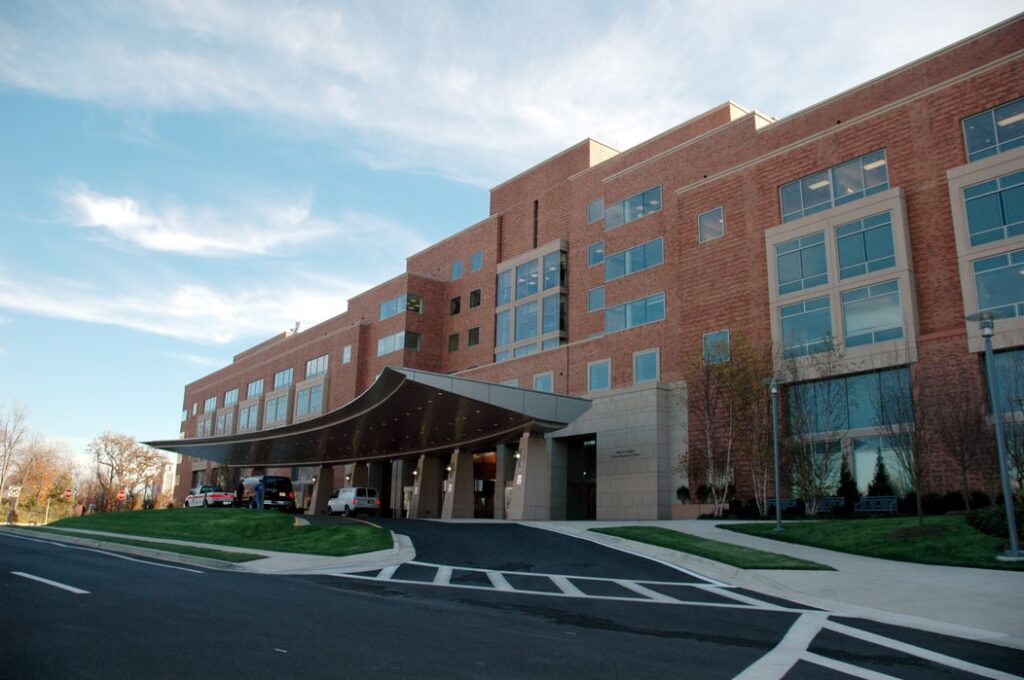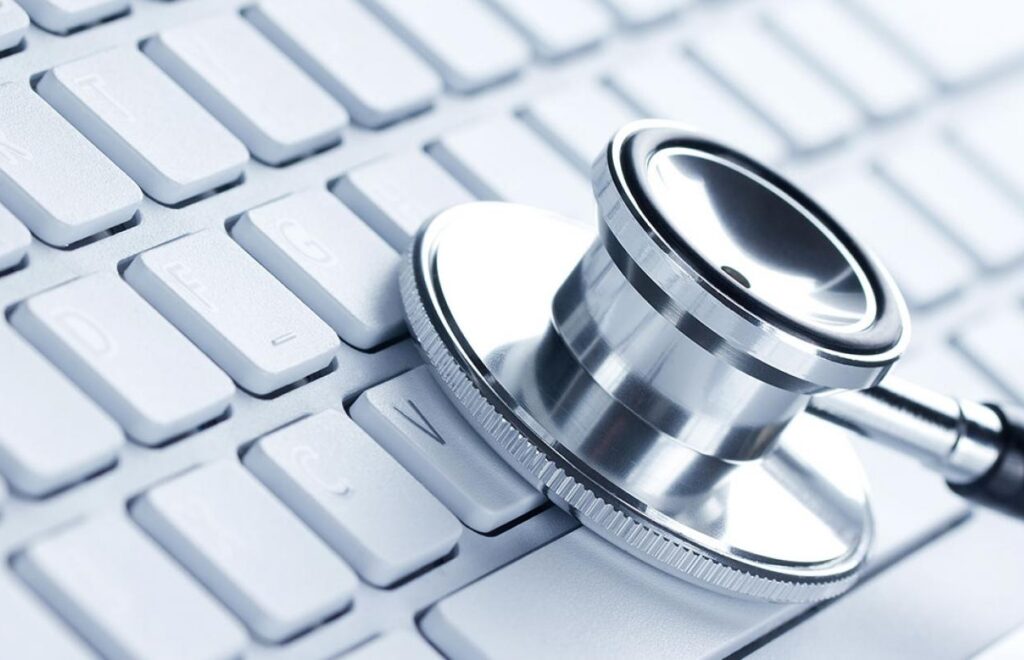
How to Upgrade Your Hospital’s IT Infrastructure
Hospitals with a superior quality of IT infrastructure provide a higher quality of care to their patients. In the modern era, hospitals streamline care delivery with mobile hospital apps, wireless networks, automated systems, and more.
State-of-the-art healthcare is not possible without a high-quality IT infrastructure to support it. This does not only apply to data but also to the medical equipment used every day inside a hospital, and a wide variety of data-driven hospital apps visit scnsoft.com to learn more. Data must be stored electronically. Health records and emerging medicines are among the list of vital information sources which must be easily accessible via an IT system at all times.
The Current State of Hospital IT Infrastructure in 2024

In 2024, most modern hospitals have updated their health records and moved them online, they are referred to as electronic health records or EHRs. Unlike the traditional route of accessing medical records from a folder in a cabinet, EHRs are now stored on an IT system, allowing medical patients to access their records from their phone. Patients can access protected records and doctors can share electronic images like scans and xrays directly to their phones.
In order to diagnose a patient, it sometimes takes the input of more than one specialist. An IT infrastructure can allow physicians to communicate with specialists around the world and provide patients with a remote consultation. This showed to be extremely useful during the COVID-19 pandemic where remote access to records from home was vital.
A study found that the estimated amount of medical data stored online in 2024 was 25,000 petabytes, compared to 500 petabytes in 2012. As this number grows, it has never been more important to ensure your hospital can manage the sheer volume of data relating to medical records and equipment. The health of each patient is directly determined by the health of the IT infrastructure in place. Before tackling how to upgrade a hospital’s IT infrastructure, first, let’s look at the signs that your infrastructure needs an upgrade:
Signs your Hospital IT Infrastructure Needs Upgrading

Insufficient Network Coverage
Radiofrequency identification (RFID) allows healthcare workers to move freely around wards and tag equipment locations so that life-saving equipment can be found when needed. A network upgrade might be needed if the current network does not cover every corner of the hospital.
Poor Communication Between Care Providers
A poor IT network can cause further problems when it comes to how physicians and nurses provide care. Email, WiFi, and voice over internet protocol (VoIP) are methods that healthcare givers use to stay in touch and these elements all compete for network coverage. Poorly designed networks can delay messages from being sent and can cause traffic, not to mention equipment failures.
If a hospital suffers from these signs, now is the time to upgrade your IT infrastructure:
How to Upgrade Your Hospital’s IT Infrastructure
First, you must identify the issues and choose the right infrastructure upgrades. The decision should be made by the professionals and care providers that use the IT system every day e.g doctors, nurses, CFOs, and executives.
Most hospitals will have an existing infrastructure and it’s sometimes easier to start from scratch rather than replace each element. Consider these points when upgrading your hospital’s IT infrastructure:

Budget Constraints
Your IT upgrades will be limited by your budget. Implementing and maintaining a new IT infrastructure requires personnel, this will cause high costs. Your first step should be to make a spending plan to document spending. Always leave room for unexpected costs.
Staff Changes
A modern IT infrastructure can both create and destroy jobs. By upgrading your infrastructure, you are streamlining your workflow so existing members of staff will need replacing by specialists or be trained to the standard required to use and maintain the system. If you are a large hospital, a large infrastructure will be required. This means security protocols should be in place to protect the networks, resulting in the need for security-trained staff.
IT Roadmap
Careful planning prevents issues with compatibility. Your budget should match your goals and the project should be managed and overseen. A new IT infrastructure will affect both the higher and lower levels of operations inside the hospital. Will, the system work for customer service employees and administrators, or will confusion occur between each sector in the hospital?
Have you considered what will happen to the old technology when you implement the new one? Medical data will need to be accessed and stored at all times. Careful planning of when each component of the infrastructure is installed will prevent loss of data and security breaches.

Stable Wireless Networks
Your network must cover every corner in your hospital. Upper wards and lower levels need equal access to the network, especially in an emergency situation. Communication delays are unacceptable so if a new IT infrastructure causes delays on the existing network, it’s time to upgrade the network too.
Automated Solutions
Automated healthcare solutions make hospitals run efficiently around the clock. Consider this list of automated options when upgrading your hospital’s IT infrastructure.
Electronic health records (EHRs) – storing and accessing patient records via a mobile device. EHRs can be shared between doctors and specialists for diagnostics.
E-prescriptions – allows doctors to prescribe medicine to pharmacies for patients to collect, removing the need for printing and filing paper-based prescriptions.
Portals – act as doorways for data to be stored and accessed in a user-friendly manner.
Genome sequencing – allows doctors to use technology to view the DNA in genes and results can be uploaded to an IT database.

Conclusion
Ensuring your hospital’s IT infrastructure is modern and can manage the workflow of the hospital is vital to deliver excellent patient care. Without it your patients and staff will suffer and the overall efficiency of the hospital will decrease.
Infrastructure upgrades allow for the optimization of staff and smooth working of medical equipment.




